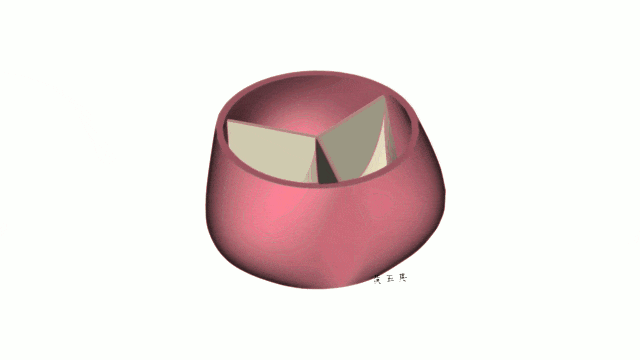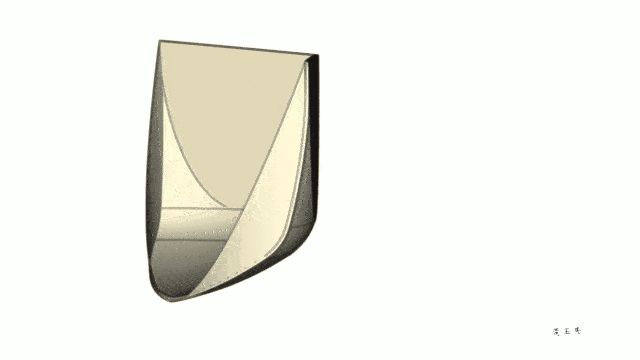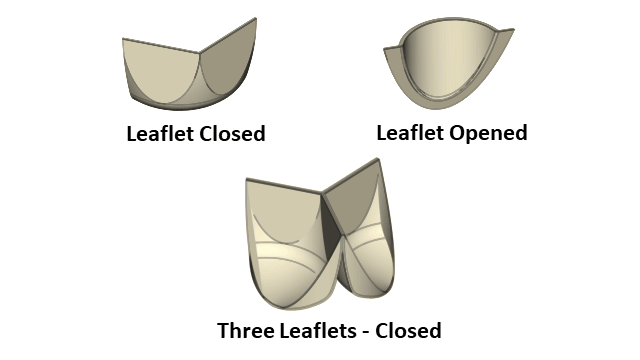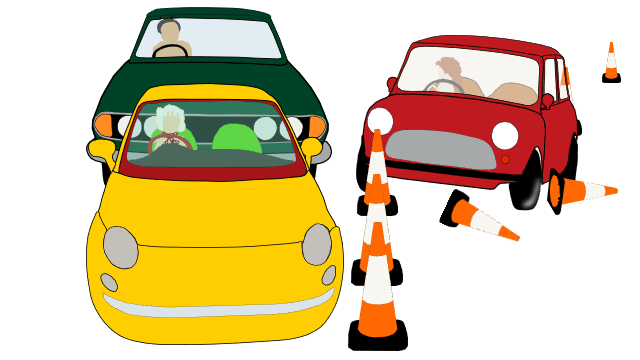Aortic Stenosis
Rheumatic fever was once the most common cause of valve disease. It was an inflammatory condition that developed after throat infections. It wasn’t unusual for affected patients to have problems with more than one valve. Due to improvements in public health, rheumatic fever is now rarely seen in the developed world and it has been replaced by changes related to ageing as the most frequent cause of valve disease. Narrowing of the aortic valve, which is known as aortic stenosis, is the most common valve problem.

Aortic Valve
The heart has 4 valves which keeps blood flowing in the right direction. The aortic valve allows the blood out of the heart and into the aorta which is the body’s largest artery. The aorta takes blood to all the organs in the body.

Valve Leaflet
The aortic valve has 3 leaflets although some people are born with only 2. Valve leaflets are unique because they are the only part of the body which do not have their own blood supply. They get their nutrients and oxygen from the blood which flows around them. The shape of the leaflet depends on whether the heart is contracting or not.

Leaflet Shape
When the heart contracts, the blood flows from the heart below to the aorta above. The blood presses the leaflets against the sides of the valve and the valve is opened. When the heart stops contracting, the blood tends to fall backwards and the shape of the leaflets is like that of a bra cup. The cups are arranged in such a way that when seen from above, they look like the Mercedes Benz sign. The cups provide support and stop the blood leaking backwards.

Old Age
As people get older, calcium is deposited on the leaflets and eventually, they may become very stiff and the valve may not open properly. This is the most common cause of aortic stenosis. People who have only 2 cusps develop stenosis at an earlier age.

Endocarditis
Like all valve disease, it is important for patients with aortic stenosis to see a dentist regularly. This is because infections, including chronic dental infections can spread to abnormal valves and cause valve infection which is known as endocarditis.
Endocarditis is a serious condition treated by intravenous antibiotics. Even when given by injection, it is difficult for antibiotics to reach the leaflets as they do not have their own blood supply. Patients may require treatment for up to 4 to 6 weeks.

Symptoms
When motorway lanes are closed off, certain events can occur such as traffic jams and “cutting in”.
Similarly, blood flow is reduced by aortic stenosis and this results in symptoms such as shortness of breath, chest pain, dizziness and black outs. It can take many years before aortic stenosis becomes severe and before symptoms develop. The diagnosis is usually made incidentally. For instance, a doctor may have heard a murmur. Once a diagnosis has been made, patients are kept under observation in case the stenosis becomes severe. For instance, echocardiograms are done at intervals such as every year.
Treatment
When symptoms do develop, this indicates a reduced life expectancy and aortic valve replacement is usually required. Open heart surgery is still the standard treatment for replacing the aortic valve but sometimes, a procedure known as TAVI can be more appropriate. When TAVI is carried out, the new valve is introduced via an artery such as that at the top of the leg and there is no need to open the chest.